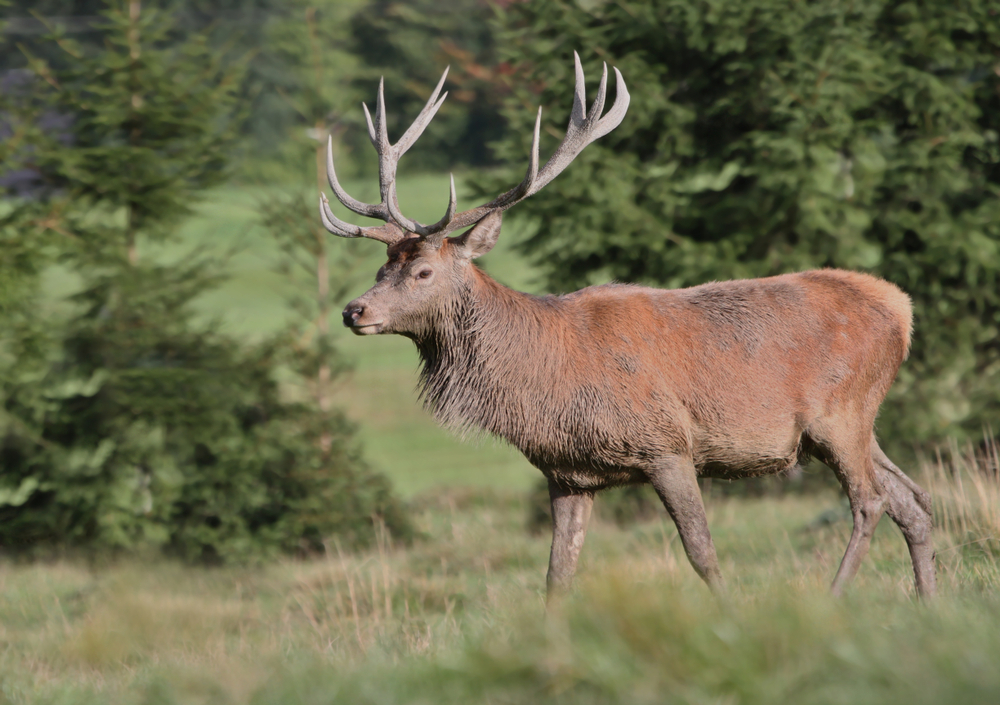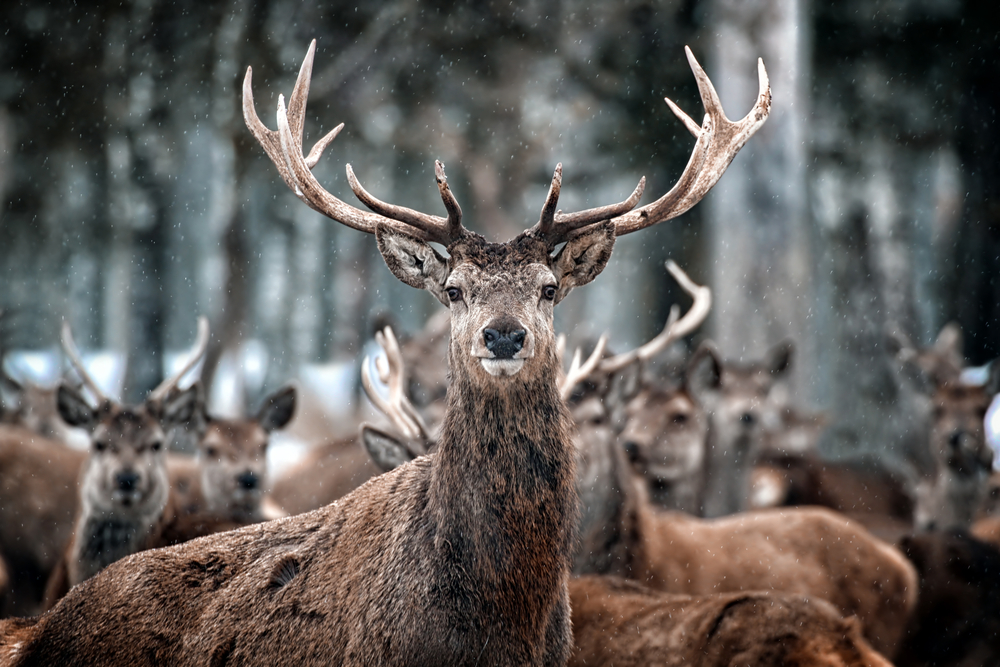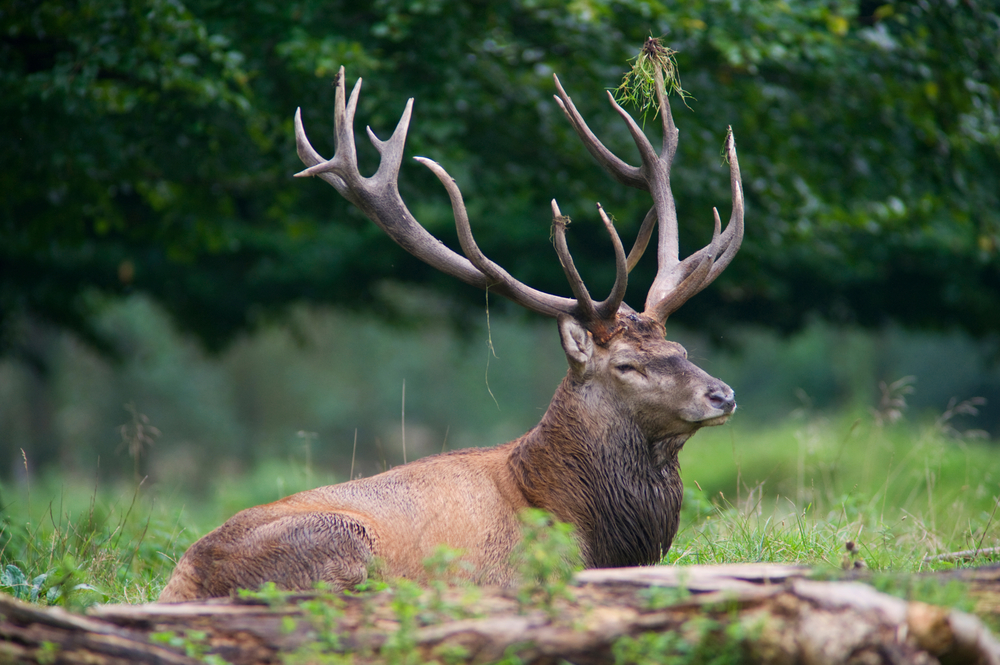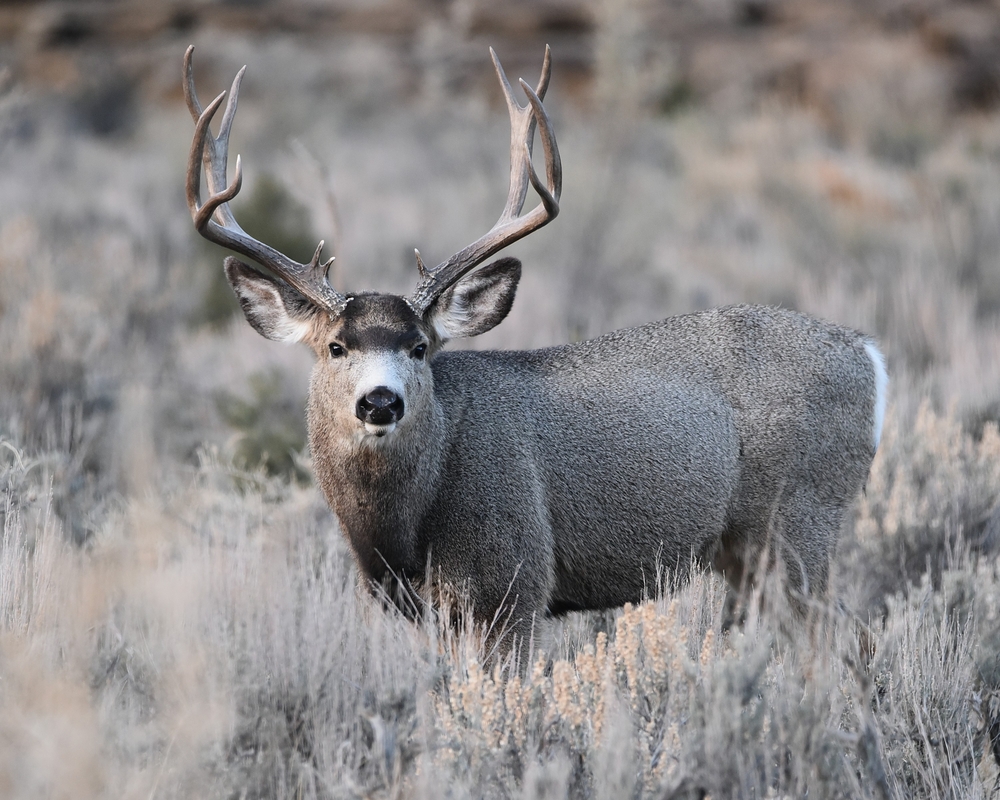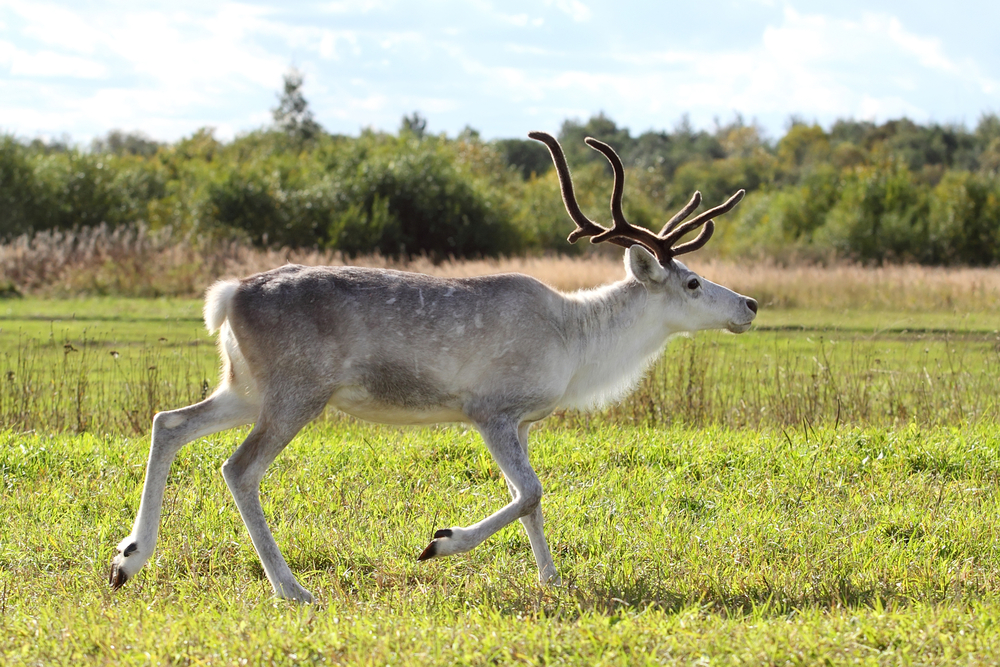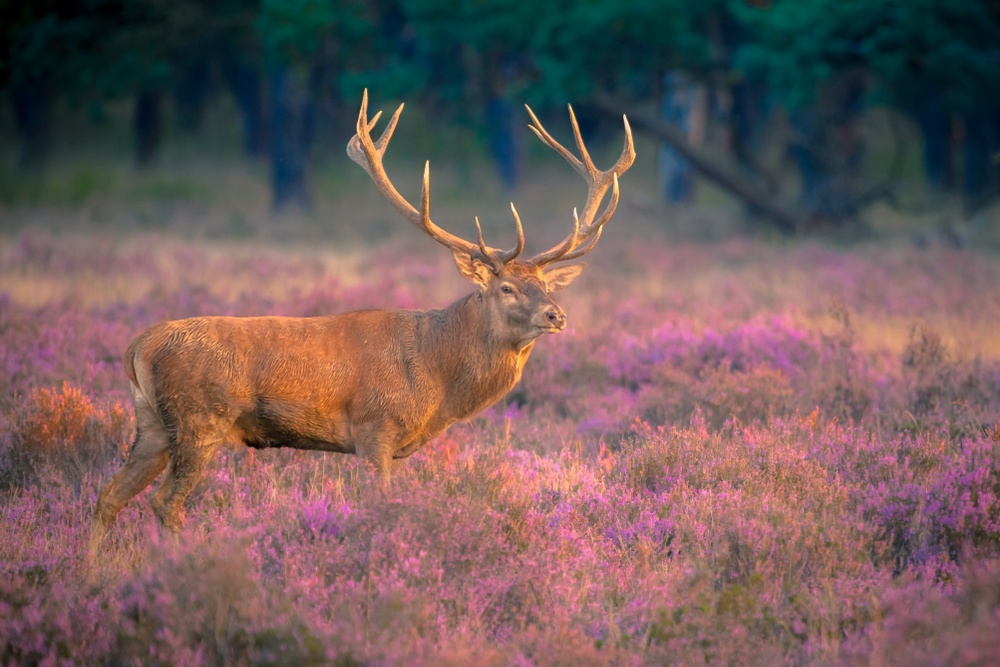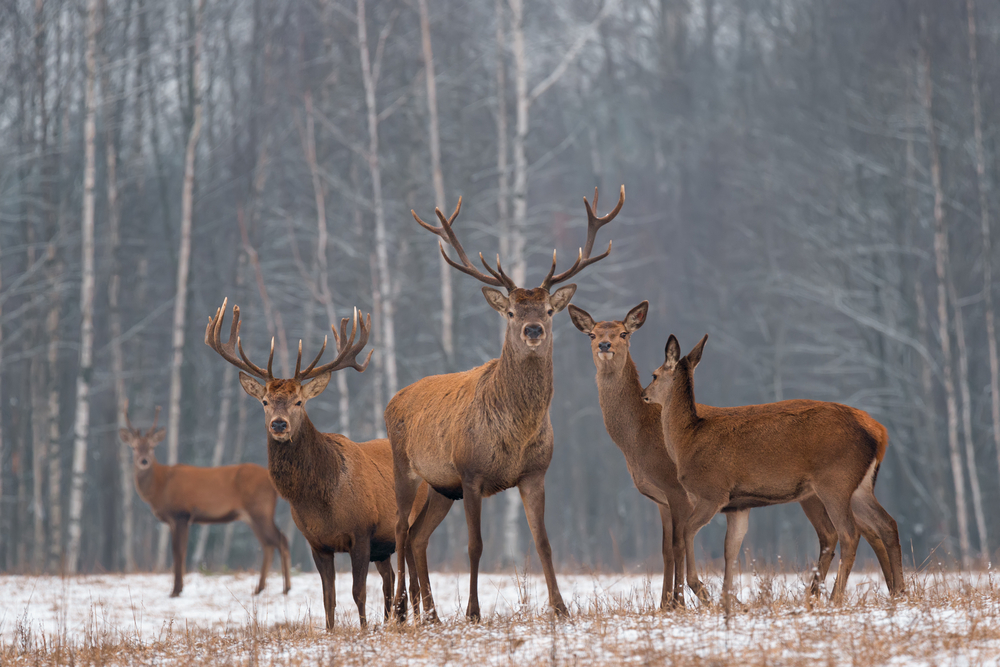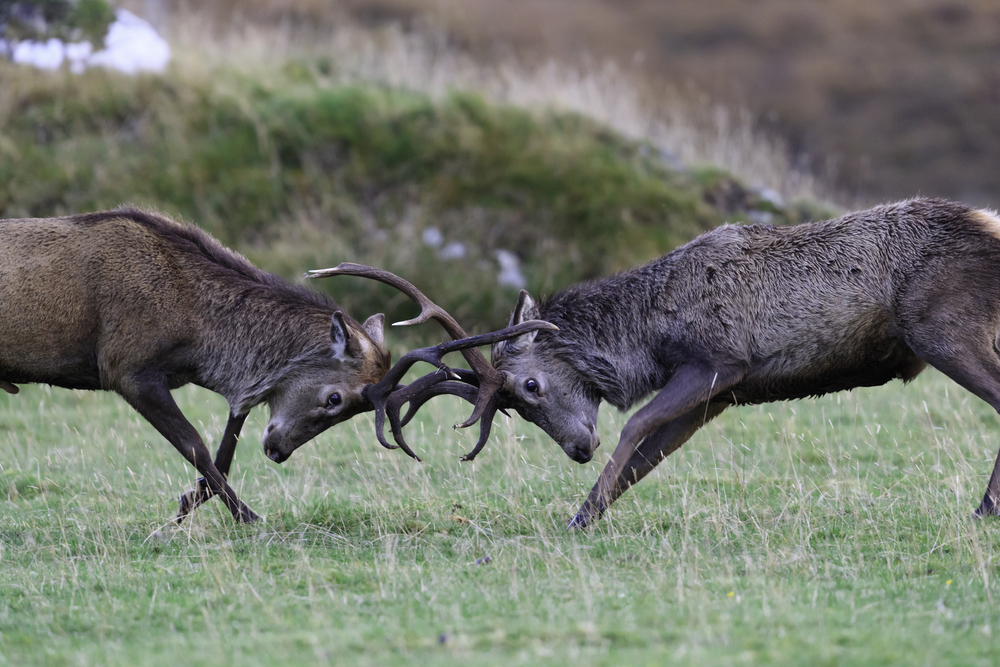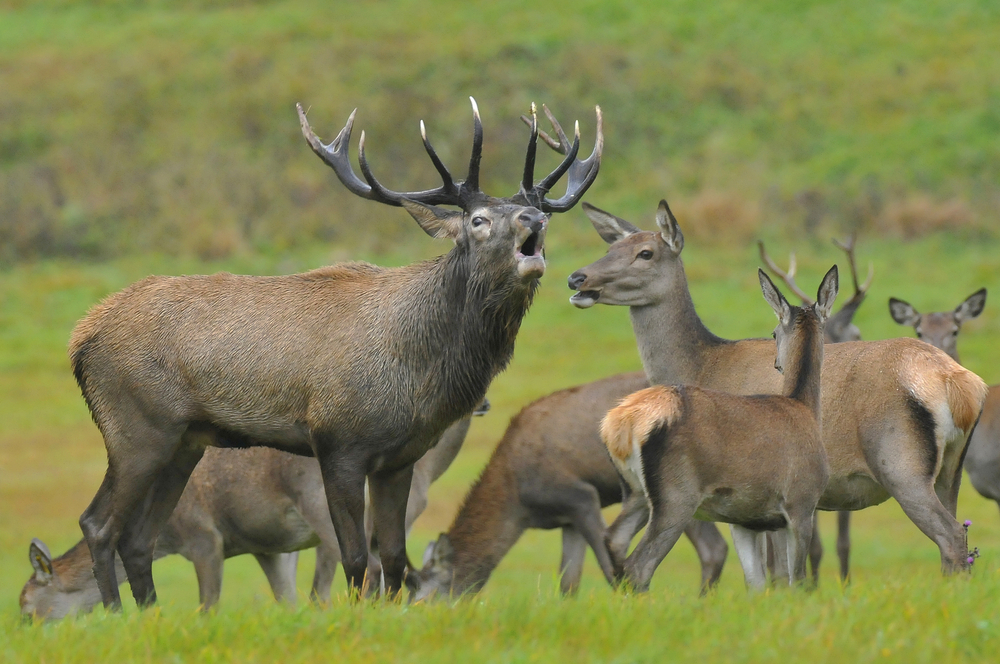The species most similar to the Red Deer (Cervus elaphus) is the American Elk, also known as Wapiti (Cervus canadensis). Both belonging to the same genus Cervus, they share several key characteristics and a close genetic relationship:
- Physical Appearance: Both Red Deer and Elk are large members of the deer family, with stags (males) in both species growing large, branching antlers. The antlers of both species are shed and regrown annually.
- Size: While both are large species, the Elk is generally larger than the Red Deer, with bulls (male Elk) being taller and heavier compared to Red Deer stags.
- Habitat: Both species adapt well to a range of habitats. Red Deer are found across Europe, Asia, and North Africa, typically in woodland and forest habitats, while Elk are native to North America and East Asia, inhabiting mountain meadows, forests, and grasslands.
- Behavior: Both Red Deer and Elk exhibit similar behaviors, especially during the rutting season, with males engaging in vocal and physical displays to attract females and establish dominance.
- Diet: Both are herbivorous and primarily feed on grasses, leaves, and shoots, with their diets changing seasonally based on the availability of food.
- Social Structure: Both species can form large herds, and they have similar social structures, with females (cows/hinds) and young living in groups separate from the males except during the mating season.
The similarities between Red Deer and Elk are so notable that they were once thought to be the same species. However, despite their close resemblance and behaviors, they are distinct species adapted to different geographical regions.



































































